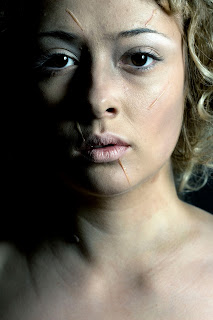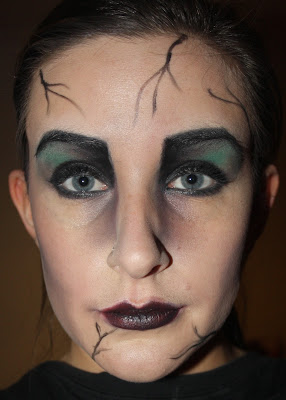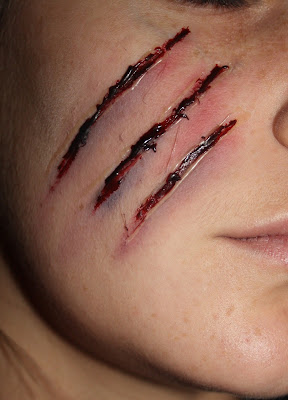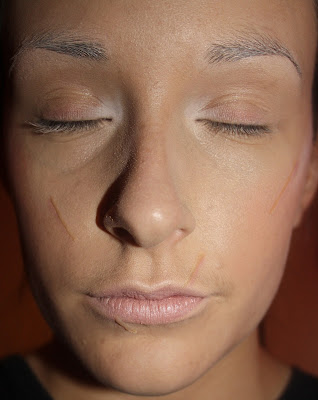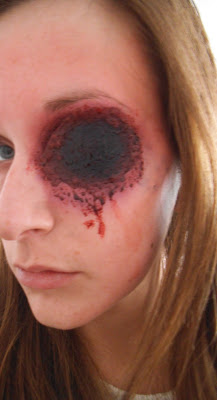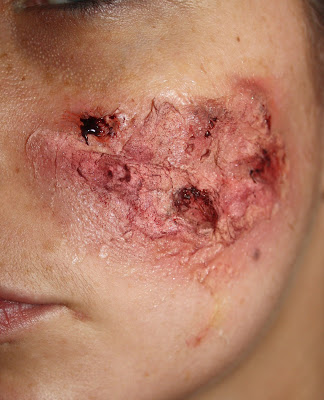It is important to have some kind of mood or theme to your ideas and here in the case of my book the mood is key to the message I'm hoping to portray within the book.
I have created specific mood boards for each fairy tale with the intention of using them to create a mood as apposed to demonstrating styling or make-up ideas as I feel I have done this through each characters separate blogs. With these mood boards I wanted to show quite clearly the darker and more eary side to fairy tales that people don't always know as this is the whole concept and aim of my book. I used photo shop to create each mood board and I used the opacity tool in order to create transparency, I did this as a way of reflecting the idea that there are darker hidden messages that we've never been told in the well known child hood fairy tales that have been passed through our generations. The intention of my fairy tale book is too show these darker elements and to use specific gruesome or gory points in the stories as main parts of my make-up looks but to also use styling as a way of making the characters recognisable to an audience, for example Little Red Riding Hood's red cape is an obvious symbol in depicting her as that significant character.
Overall I am very pleased with the outcome of my mood boards and I feel they are successful in portraying a certain dark and eary mood while still showing clearly elements of the original stories that I want to display through make-up and styling in my book.
 |
| Little Red Riding Hood |
 |
| Cinderella |
 |
| Rapunzel |
 |
| Hansel & Gretel |

Another key element that can be used to quickly create and depict a mood is colour. Here I have created a small colour chart of essential colours that I want to use throughout my book layout and my film portfolio so that both link together clearly and are relevant to one another. Black will be the main colour as this will be the colour of my books background and all of my images will be shot on a black back drop. I'll then use either a white or a grey font for the parts of the stories that will run along the pages alongside my images, I feel white will probably be the most successful option as it will be clear to read and opposing to the dark black background. The colour of red will be reoccurring throughout my images as most involve some type of violent act that involves blood or gore, it is also important that red is symbolic of danger.







